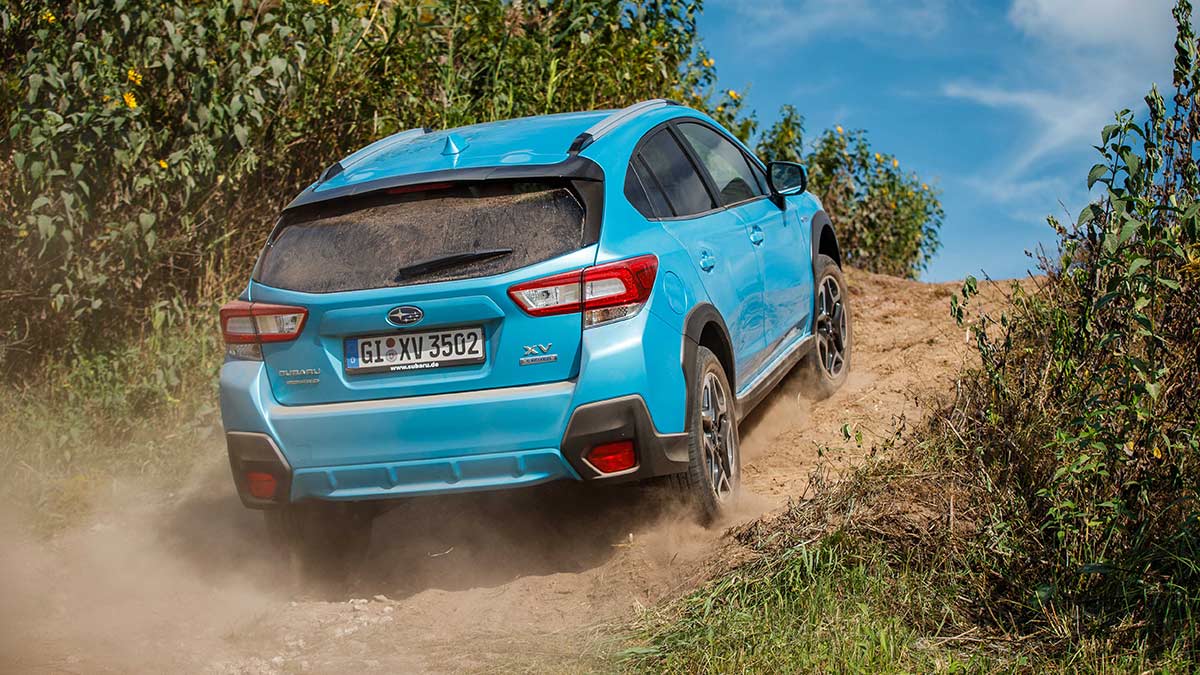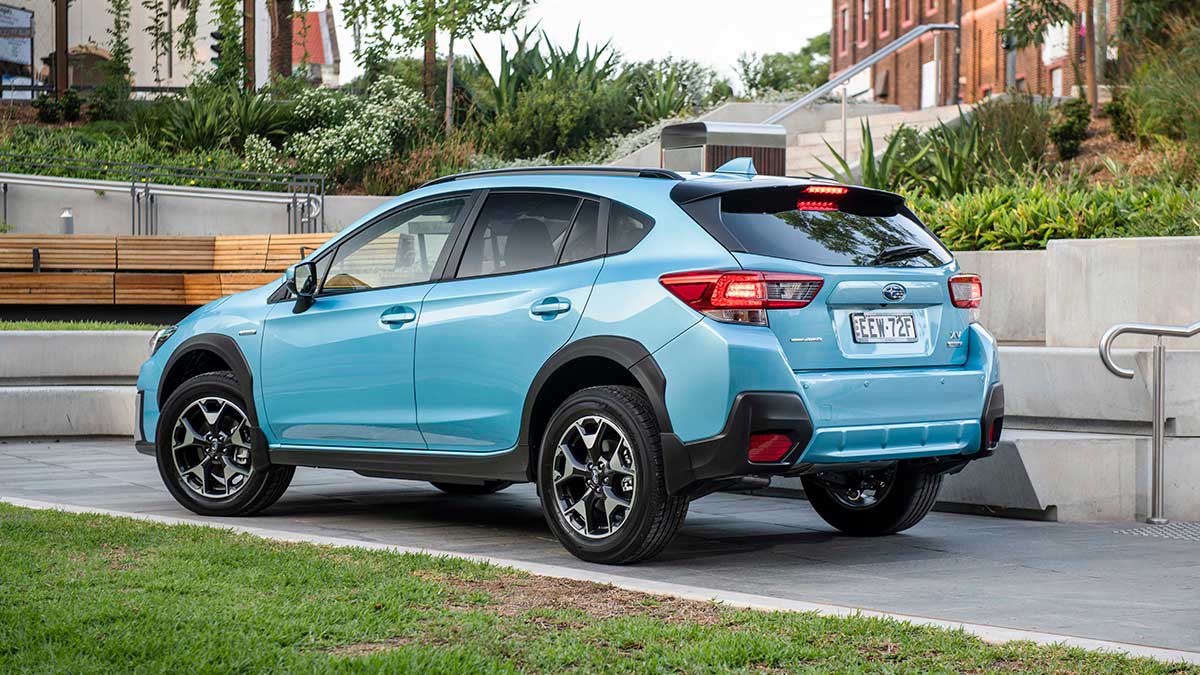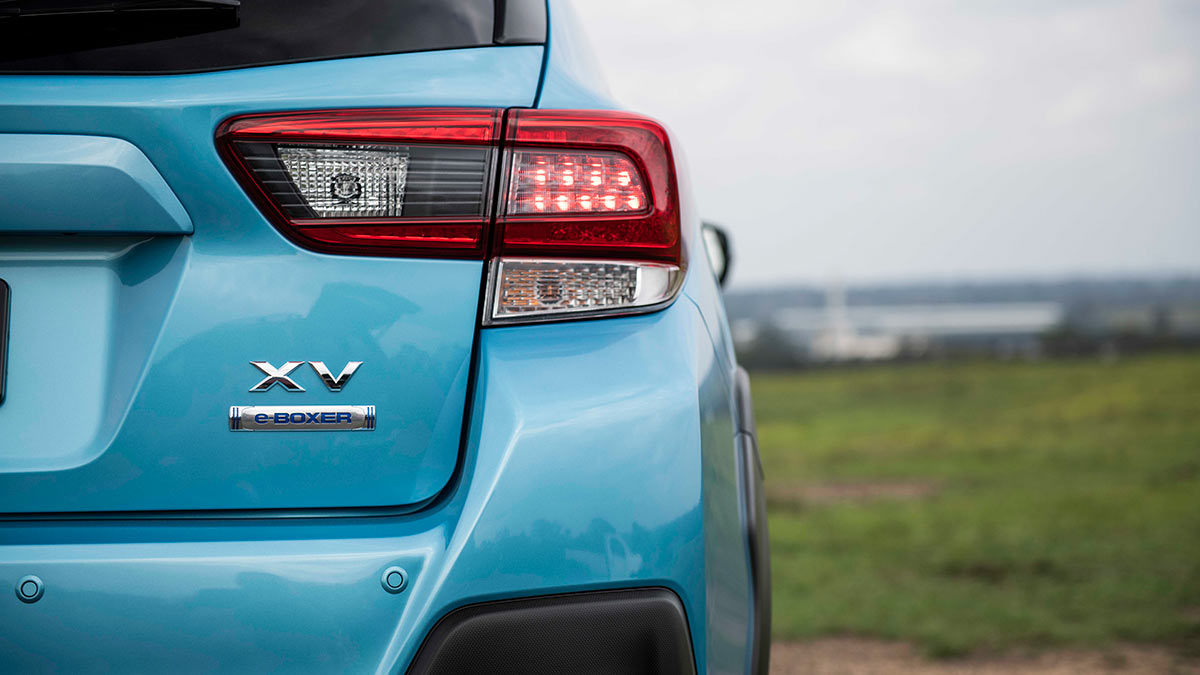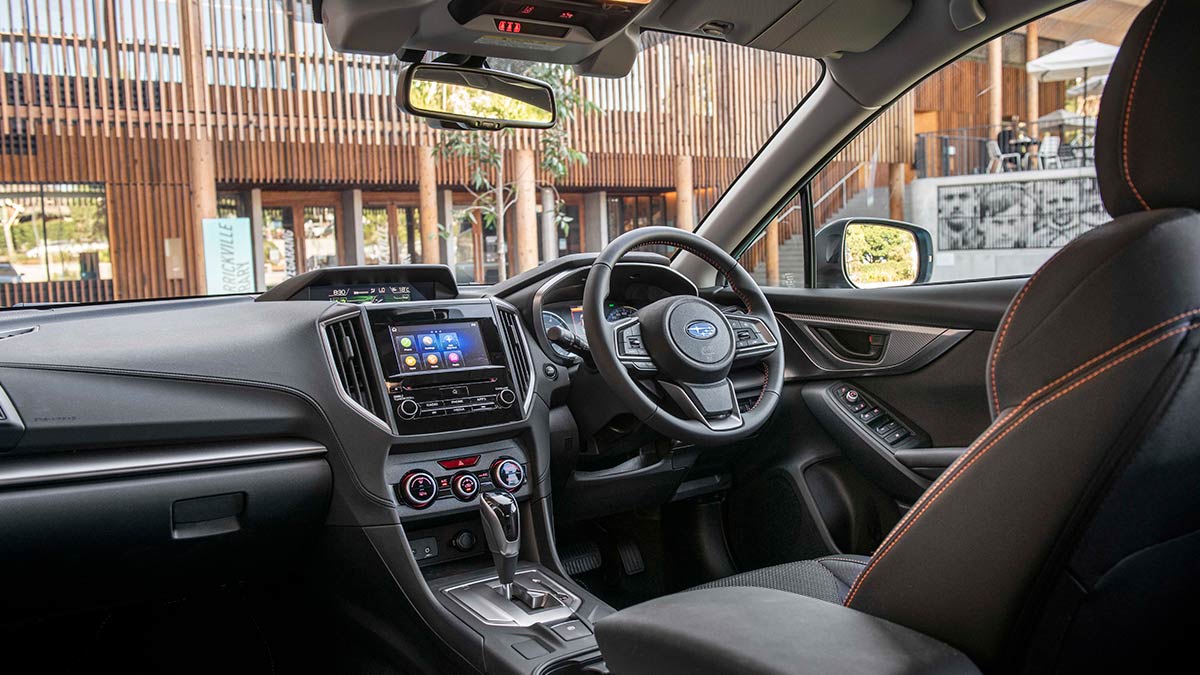Subaru XV Hybrid 2020 road test review

Tim Nicholson puts the petrol-electric Subaru XV Hybrid to the test.
Australians are snapping up hybrids at a rapid rate, with hybrid vehicle sales up by 98 per cent so far this year compared with last year. Toyota dominates the market, but Subaru now has a pair of petrol-electric hybrid models – the Forester and XV SUVs. We sampled the latter earlier this year to test its fuel-saving credentials.
Thumbs up
Sharp handling, lively performance, comfortable ride, high levels of standard safety gear, spacious cabin.
Thumbs down
Tiny infotainment screen, no spare wheel, drab interior design, marginal fuel-economy benefits over petrol XV.
Price and positioning
Subaru’s Forester and XV hybrids launched in February this year to take on hybrid pioneer Toyota at its own game. Subaru has just this month announced an updated version of the XV line-up. Pricing now ranges from $29,690 to $40,790 and there are two Hybrid variants – the Hybrid L at $35,490 and Hybrid S at $40,790. The XV Hybrid we tested is a pre-facelift version priced at $35,580.
The XV Hybrid competes with the Toyota C-HR Hybrid, priced at $37,665. The Subaru misses some of the features found in the C-HR, like satellite navigation and heated seats, but gains others not offered in the Toyota such as digital radio and tyre-pressure monitoring. The XV Hybrid is still relatively well equipped for the price and, on balance, evenly matched with the C-HR Hybrid.
The inside story
We have noted Subaru’s busy interior design before and the XV is another example. Too many buttons and screens all vying for your attention. We hope Subaru’s interior designers exercise more restraint with the next-gen model. Despite the messy layout, everything functions as it should, and all controls fall to hand easily.
The inclusion of good-quality cloth trim for the seats – instead of the cheap and drab leather often found in higher-grade small SUVs – gets a big tick. Folks with kids might prefer leather as it’s easier to wipe up spills but it’s not available as an option. The front seats are on the firmer side of comfortable but offer good support. The bright-orange stitching on the steering wheel and cloth seats helps break up the grey.
Although the Hybrid is the second-priciest XV behind the 2.0i-S petrol, Subaru says it is positioned as an entry variant. Because of this the Hybrid misses out on the larger eight-inch infotainment touchscreen from the 2.0i-L, 2.0i Premium and 2.0i-S and instead gets a rather small 6.5-inch unit.
The system is relatively easy to navigate but it can’t beat the intuitive and clever systems from Hyundai/Kia, Mazda or Volkswagen. Sat-nav isn’t even available as an option in the XV Hybrid and the touchscreen in our test car occasionally lagged a little. The reminder to check the back seat when you turn the car off is a clever touch.
There’s no shortage of places to store bottles, phones and other personal items up front, including in the sizeable central bin.
Ample door storage continues in the second row but there are no air vents. The amount of head and leg room in the back is surprising. It feels more spacious back there than some medium-sized sedans and SUVs.
The 60/40 split rear seats fold flat which is useful when loading long items. The boot looks shallow, but the Hybrid can take 345 litres of cargo, which is more than the regular petrol XVs (310 litres). It also beats the C-HR’s capacity of 318 litres. The XV Hybrid comes with a tyre-repair kit and there’s no option for a spare wheel.
On the road
While all other XVs use a 2.0-litre petrol engine, the XV Hybrid shares the same powertrain as the larger Forester Hybrid. It’s a 110kW/196Nm 2.0-litre four-cylinder naturally aspirated petrol engine paired with a 12.3kW/66Nm electric motor and a lithium-ion battery. The XV drives all four wheels via a continuously variable transmission (CVT).
Subaru hasn’t provided total system power and torque outputs for the Hybrid, but the powertrain is noticeably more responsive than the regular 115kW/196Nm petrol-powered XV, despite carrying an additional 100 kilograms. It’s also more eager in a straight line than the larger Forester Hybrid, which we found a little sluggish.
Sharing its Subaru Global Platform with the closely related Impreza and the Forester, the XV Hybrid has a well-calibrated suspension tune that makes for impressive handling, ensuring it stays flat through tight bends. The powertrain is a great match for the XV’s nicely balanced chassis. It’s a sharp handler, offering plenty of grip when you lean into a corner and the AWD system adds to the feeling of confidence on the road.
The XV scores points for its comfortable ride quality, whether it’s on a smooth freeway or a corrugated country road. Steering is direct and well weighted, if a touch synthetic. Some external noise gets into the cabin and there is no escaping the sound of the droning CVT.
Subaru says the Hybrid improves fuel efficiency by 14 per cent compared with equivalent petrol XV variants. After seven days of city, freeway and country driving, we recorded fuel consumption of 8.5 litres per 100 kilometres, up on Subaru’s 6.5L/100km figure. For comparison, the C-HR Hybrid we drove earlier this year sipped 5.2L/100km.
Given the minimal price premium over petrol XV variants, and considering the efficiency figures and sprightly performance, we think the XV Hybrid makes more sense than its Forester Hybrid stablemate.
|
Pricing |
List price: $35,580 before on-road costs. |
|---|---|
|
Drivetrain |
2.0-litre petrol-electric hybrid, continuously variable transmission, all-wheel drive. |
|
Fuel |
91 RON petrol, 48-litre tank |
|
Standard safety |
Five-star ANCAP rating, blind-spot monitor, lane-change assist, lane-departure warning, rear cross-traffic alert, autonomous emergency braking, adaptive cruise control, tyre-pressure monitoring system, reversing camera. |
|
Standard features |
6.5-inch infotainment touchscreen, Apple CarPlay/Android Auto, digital radio, keyless entry and start, auto-dimming rear-view mirror, rain-sensing wipers, heated and power-folding exterior mirrors. |
|
Warranty |
Five-year/unlimited-kilometre warranty. Eight-year/160,000-kilometre battery warranty. Servicing schedule every 12 months or 12,500 kilometres. Five-year capped-price servicing plan. |



